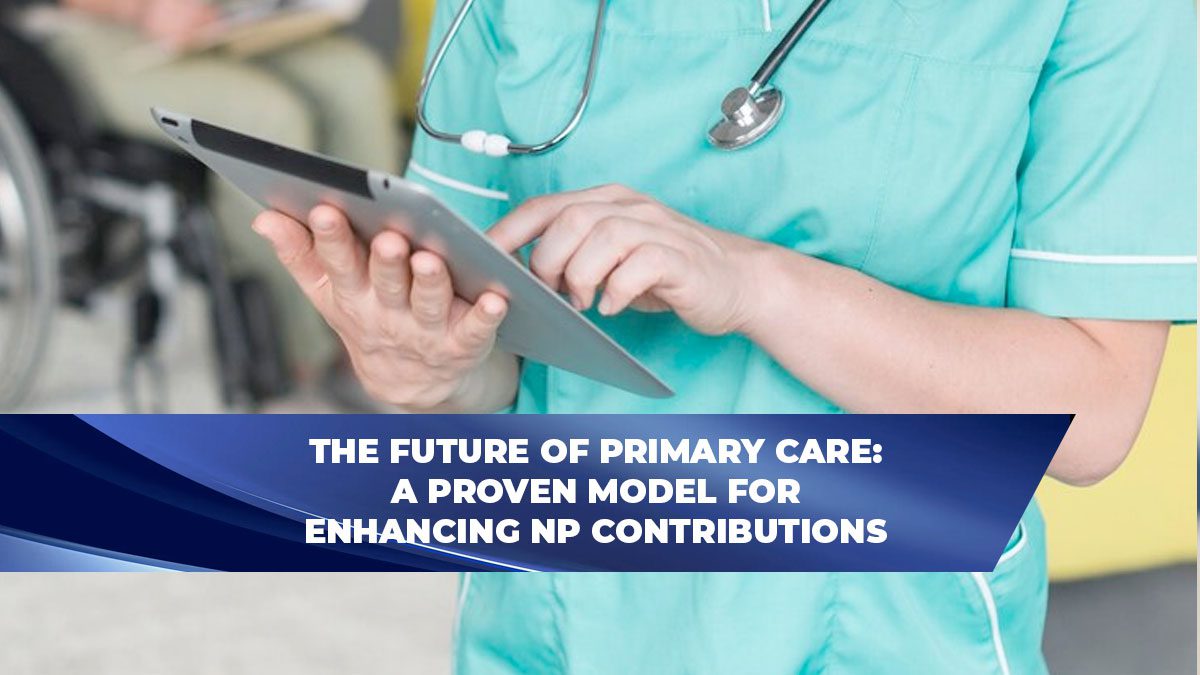A Clear Definition of Advanced Practice Nursing: The Core of Modern Nursing Practice
A Definition of Advanced Practice Nursing
Advanced practice nursing is a concept that extends beyond traditional nursing roles, embodying a higher level of expertise, autonomy, and responsibility. This term, rooted deeply in the history and evolution of nursing, represents a unique approach to healthcare, one that emphasizes advanced clinical skills, decision-making, and leadership in the healthcare environment.
Advanced practice nursing is not merely a role or a set of skills; it is a powerful concept that has developed over more than a century. This conceptual definition offers a stable foundation for all Advanced Practice Registered Nurse (APRN) roles, promoting consistency in practice and helping others to understand what this level of nursing entails. It also plays a crucial role in achieving value-added patient outcomes and improving healthcare delivery processes.
Table: Key Features of Advanced Practice Nursing
| Aspect | Description |
|---|---|
| Core Definition | Advanced practice nursing is an evolved concept encompassing advanced clinical skills and leadership roles. |
| Role Differentiation | APRNs, including NPs, CNSs, CRNAs, and CNMs, operate with higher autonomy and responsibility. |
| Education | Graduate-level education is required, focusing on advanced competencies. |
| Scope of Practice | Involves complex decision-making and management of patient care across various settings. |
| Core Values | Advocacy, respect for patient autonomy, holistic care, and a focus on health promotion and disease prevention. |
| Global Perspective | Varied implementation across countries, with ongoing efforts to standardize definitions and scopes. |
| Regulatory Focus | Emphasizes advanced certification, population focus, and specific APRN roles. |
| Impact on Healthcare | Improves patient outcomes and enhances healthcare delivery processes. |
| Historical Evolution | Concept originated over a century ago, evolving with nursing practice advancements. |
| Consensus and Standardization | Ongoing efforts to reach global consensus on definition and scope of advanced practice nursing. |
Source: International Council of Nurses (ICN)
Understanding the Core of Advanced Practice Nursing
The foundation of advanced practice nursing is built upon the core values of the nursing discipline. These values include advocating for patients, respecting their informed choices, and viewing individuals holistically within their environments, communities, and cultural traditions. Advanced practice nursing does not stand apart from nursing; rather, it is an integral part of the profession, distinguished by a higher level of expertise and responsibility.
Advanced practice registered nurses (APRNs) are recognized for their ability to integrate assessment data with knowledge, applying scientific principles to the processes of diagnosis and treatment. Their roles demand the use of critical thinking and judgment, advancing professional nursing knowledge through scholarly inquiry. Furthermore, they have a significant influence on social and public policy, promoting social justice and ensuring safe, quality, and evidence-based practice.
Role Differentiation and Scope of Practice
Advanced practice nursing encompasses various roles, including Nurse Practitioners (NPs), Clinical Nurse Specialists (CNSs), Certified Registered Nurse Anesthetists (CRNAs), and Certified Nurse-Midwives (CNMs). Each of these roles requires a deep understanding of clinical practices and a commitment to improving patient outcomes.
The scope of practice for APRNs is broader and more complex than that of generalist nurses. APRNs are involved in the management of patient care across a range of settings, from hospitals to community health centers. They are often responsible for making critical decisions regarding patient care, including diagnosis, treatment planning, and implementation.
Global Perspective on Advanced Practice Nursing
The concept of advanced practice nursing varies across different countries, with each nation developing its own standards and definitions. The International Council of Nurses (ICN) has been instrumental in efforts to standardize the definition and description of advanced practice nursing globally. However, despite these efforts, there is still considerable variation in how advanced practice nursing is understood and implemented worldwide.
The Importance of a Unified Definition
Efforts to standardize the definition of advanced practice nursing have been ongoing since the 1990s, with various organizations contributing to this work. The American Association of Colleges of Nursing (AACN) and the American Nurses Association (ANA) have played significant roles in shaping the understanding of advanced practice nursing in the United States.
However, full clarity regarding advanced practice nursing has not yet been achieved. The growing international use of APRNs with differing understandings in various countries has complicated the picture. Despite this lack of clarity, there is an emerging consensus on the key features of advanced practice nursing, with a focus on core competencies and the critical role that APRNs play in healthcare.
FAQs about Advanced Practice Nursing
1. What is advanced practice nursing?
Advanced practice nursing is a concept that encompasses advanced clinical skills, leadership, and a higher level of responsibility within the nursing profession. It includes roles such as Nurse Practitioners, Clinical Nurse Specialists, Certified Registered Nurse Anesthetists, and Certified Nurse-Midwives.
2. What distinguishes APRNs from other healthcare providers?
APRNs are distinguished by their advanced clinical skills, ability to make complex decisions, and their leadership roles in patient care management. They are also required to have graduate-level education and advanced certification in their area of practice.
3. Why is a clear definition of advanced practice nursing important?
A clear definition of advanced practice nursing is essential for promoting consistency in practice, ensuring high-quality patient care, and supporting the growth and recognition of APRN roles in healthcare.
4. How does advanced practice nursing impact patient outcomes?
Advanced practice nursing has been shown to improve patient outcomes by providing high-quality, evidence-based care, and by promoting patient-centered approaches that focus on health promotion and disease prevention.
5. What is the role of the International Council of Nurses (ICN) in standardizing advanced practice nursing?
The ICN has been actively involved in efforts to standardize the definition and scope of advanced practice nursing globally, recognizing the need for a unified understanding to support the growth of APRN roles across different countries.
Advanced practice nursing represents a significant evolution in the nursing profession, characterized by advanced clinical skills, leadership, and a commitment to improving patient outcomes. As the field continues to grow and evolve, the need for a clear and consistent definition of advanced practice nursing becomes increasingly important. This definition not only supports the recognition and regulation of APRN roles but also ensures that patients receive the highest quality of care.










